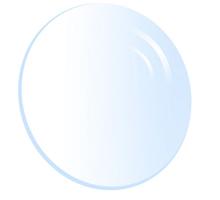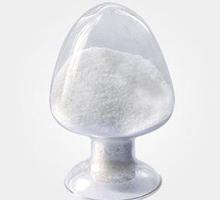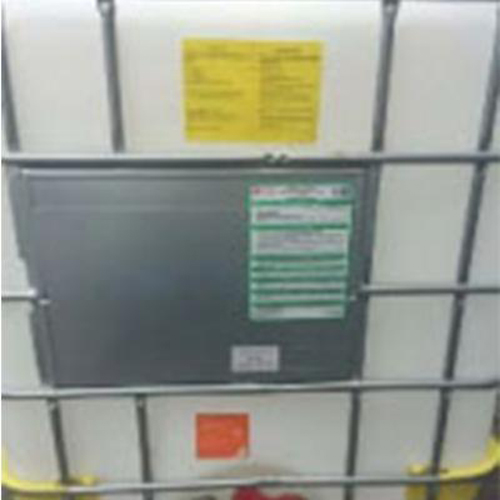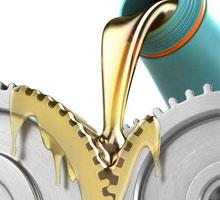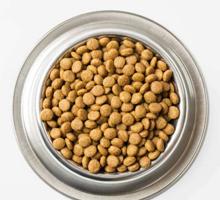Cationic Surfactant
Cationic surfactants are mainly nitrogen-containing organic amine derivatives. Since the nitrogen atoms in their molecules contain lone pair electrons, they can bind hydrogen with hydrogen molecules in the acid molecule and bring the amino group to positive charge. Therefore, they have good surface activity in acidic media; they easily precipitate in alkaline media and lose surface activity. In addition to nitrogen-containing cationic surfactants, there are also a small number of cationic surfactants containing elements such as sulfur,
Cationic surfactants have a long history of industrial use, and demand has been increasing rapidly year by year, but due to its special use as fungicides, fiber softeners and antistatic agents, it has a small demand compared to anionic and non-ionic surfactants. The development and use of cationic surfactants in China started very late, but its development rate is faster.However, due to the narrow range of application of cationic surfactants and the small amount of use, the output is very small. Until 2002, the annual output was still only a few thousand tons, which was less than 1% of the total output of various surfactants.
Cationic surfactants generally have good emulsifying, wetting, washing, sterilizing, softening, antistatic and anti-corrosive properties. Due to their special properties and applications, they have a good development potential both in industrial and civil applications.
Cationic surfactants have good bactericidal, softening, anti-static, anti-corrosive, and certain emulsifying and wetting properties, and are often used as phase transfer catalysts. However, such surfactants are rarely used as detergents alone because many substrates are usually negative in aqueous solutions, especially alkaline aqueous solutions. In addition, the main application areas of these surfactants are not like other surfactants, which are used to reduce the surface tension, its structural characteristics make them used for other special aspects. Based on the chemical structure of cationic surfactants, they can be divided into four types: amine salt type, quaternary ammonium salt type, heterocyclic type, and barium salt type.
NCMC is a professional cationic surfactant supplier, we provide monoammonium glycyrrhizinate, ethyl vinyl ether, sodium laureth 2 sulfate, etc. Want to know more? Contact us.
Send product request
Other supplier products
| Cocamido Propyl Hydroxyl Sultaine (CHSB-35) | Features of Cocamido Propyl Hydroxyl Sultaine (CHSB-35) Product Name: Cocamido propyl hydroxyl sultaine(CHSB-35) Chemical Formula: C20H42N2O5S C... | |
| Palmity Tri-methyl Ammonium Chloride | Features of Palmity Tri-methyl Ammonium Chloride Product Name: Palmity tri-methyl ammonium chloride Chemical Formula: C21H46ClN CAS 112-02-7 Da... | |
| Phenyltrimethoxysilane | Features of phenyltrichlorosilane Product Name: Phenyltrimethoxysilane Chemical Formula: C9H14O3Si Cas 2996-92-1 Dangerous Grade: NO Package... | |
| Phenyltrimethoxysilane | Features of Phenyltrimethoxysilane Product Name: Phenyltrimethoxysilane Chemical Formula: C9H14O3Si CAS2996-92-1 Dangerous Grade: NO Technical... | |
| Acetyl Chloride | Features of Acetyl Chloride Product Name: Acetyl chloride Chemical Formula: C2H3ClO Acetyl chloride cas: 75-36-5 Dangerous Grade: 3.2 Technica... |
Same products
| Ethyl Iodide | Seller: Nanjing Chemical Material Corp. | Features of Ethyl Iodide Product Name: Ethyl iodide Chemical Formula: C2H5I ethyl iodide cas n... | |
| Ethyl Bromide | Seller: Nanjing Chemical Material Corp. | Features of Ethyl Bromide Product Name: Ethyl Bromide Chemical Formula: C2H5Br Cas 74 96 4 Da... | |
| Cocamido Propyl Hydroxyl Sultaine (CHSB-35) | Seller: Nanjing Chemical Material Corp. | Features of Cocamido Propyl Hydroxyl Sultaine (CHSB-35) Product Name: Cocamido propyl hydroxyl s... | |
| Cocamido Propyl Betaine (CAB-35) | Seller: Nanjing Chemical Material Corp. | Features of Cocamido Propyl Betaine (CAB 35) Product Name: Cocamido propyl betaine(CAB-35) Chem... | |
| Cationic Surfactant | Seller: Nanjing Chemical Material Corp. | Cationic surfactants are mainly nitrogen-containing organic amine derivatives. Since the nitrogen... |










